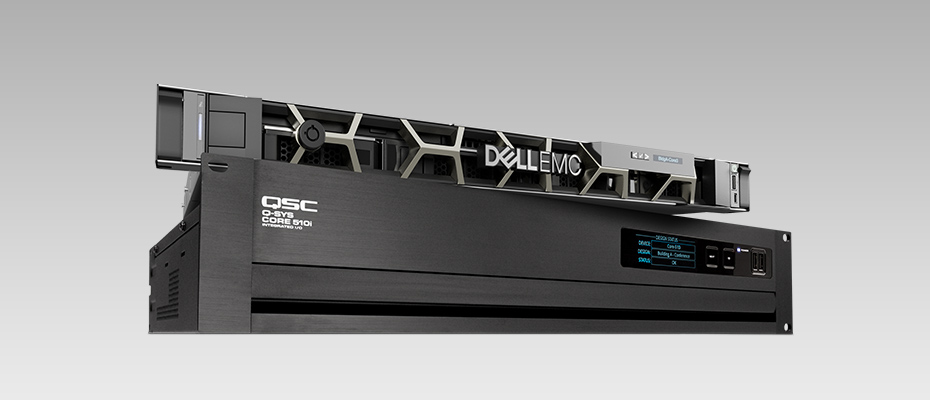At our recent Activate event, we announced the return of Q-SYS Core 510i, which will sit alongside Core 610 in our processor portfolio. We know this sparked some curiosity (and maybe a little confusion) so let’s dive into the details!
First a little insider info: Two years ago, the part shortages caused by the pandemic forced an accelerated sunsetting for Core 510i and the early launch of Core 610 (all much sooner than our roadmap intended.) However, in response to customer feedback and market needs, we made the decision to bring back the Q-SYS Core 510i and its associated IO cards to help ease the transition.
Making Informed Choices
Now, let’s address the question on everyone’s mind: when and how should you choose between the Q-SYS Core 510i and Core 610?
Core 510i:
- For full redundancy, including audio IO.
- For applications requiring isolated clock domains with Dante networks, use the Core 510i.
- The Core 510i is 2 RU with a shallower form factor.
Core 610:
- For higher audio channels through software feature licenses, ideal for applications demanding high channel counts (but don’t need to jump to the Core 5200) or systems that may need audio channel expansion later in the future.
- For redundancy with processor and/or network redundancy.
- The Core 610 is 1 RU with a deeper form factor.
And this goes without saying, but our commitment to these kinds of functionalities offered by the Core 510i, particularly as they apply to the hospitality and entertainment markets, is steadfast. Keep an eye on Q-SYS launches in the future or better yet, chat with your sales representative for even greater insight.
Thank you for your continued support and trust in Q-SYS!
